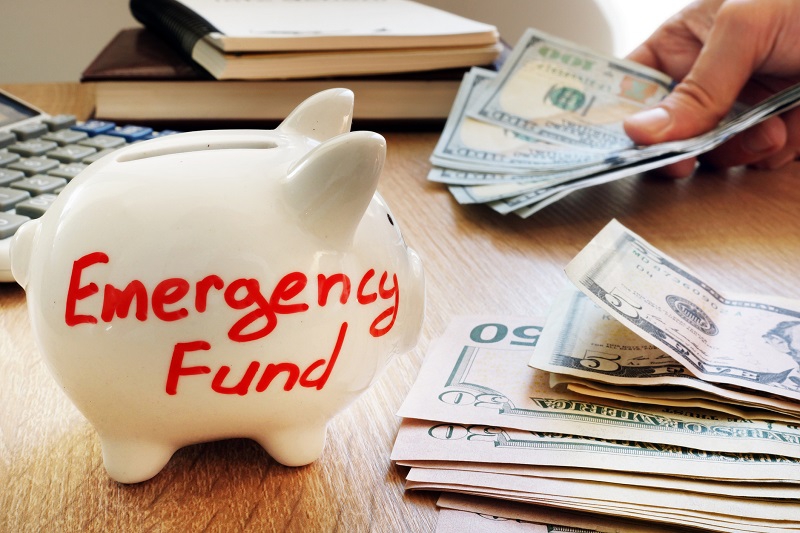Posted On: December 11, 2018 by Peoples Bank in: Budgeting Financial Education Savings

Emergencies are never planned. And many times, these unexpected events leave people needing money in a pinch, potentially ruining their financial stability, credit score and day-to-day cash flow.
It’s estimated that about 8 in 10 Americans live paycheck to paycheck, according to an August 2017 study. That’s why starting and building an emergency savings fund is important, and it doesn’t have to be that difficult to begin.
Emergency savings accounts can help individuals or families cope with an unexpected illness, injury or job loss, giving them the cushion they need to cover expenses. Many experts recommend saving about six months of your fixed expenses, but that may not be possible for your budget.
Here are some ways you can plan and put money away into that all-important savings net.
You can build it
Emergency savings accounts are similar to insurance. Make it a goal to put away money every month — like an insurance premium — so that you have a solution in place should a financial crisis arise.
The standard recommendation is to save about 10 percent of your monthly income, but it really is a case-by-case basis. Look at your income and expenses and calculate what is affordable for your budget. Find your surplus of money each month and determine how much of that surplus you want to put toward savings.
If you’re finding it tough to find a surplus, you may have to take a step back and figure out how to create one. You may have to reduce expenses each month — eat out less, skip that daily trip for coffee, etc. — or it may be time to consider a side job to increase your income. Either way, having some surplus to put toward savings at the end of the month is crucial.
Where to put it
When you do have money to put away, the next question is where to put it.
These funds need to be highly accessible, so put the money into a bank account of some sort, whether that be a traditional savings account or a money market account. Steer away from investment vehicles with stocks because those can incorporate a fair amount of risk. A certificate of deposit, another common savings tool, locks the money into place for a set period of time, which makes it a poor choice for emergency savings.
Regardless of where you have your money, having a safety net to fall on when things go wrong can help you weather the storm. Inevitably, things go wrong — and having a backup plan will give you some ease and comfort.




